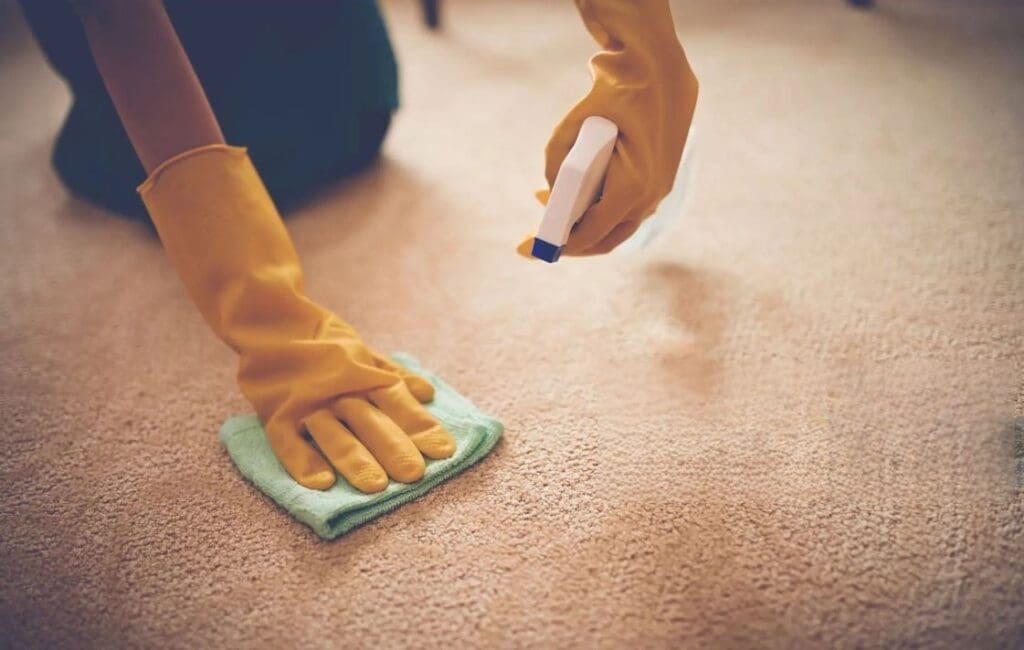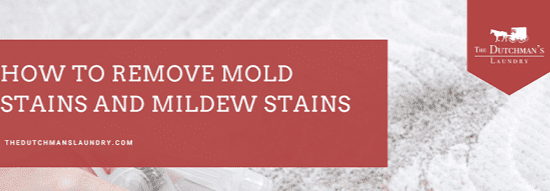Are you tired of seeing stubborn stains ruining your favorite bulky items? From cherished garments to precious carpets, stains can be a major headache. But fear not! In this comprehensive guide, we’ll equip you with the knowledge and techniques needed to tackle stains on bulky items effectively. Whether it’s a grease stain on your work clothes or a coffee spill on your carpet, we’ve got you covered. Get ready to bid farewell to those pesky stains and restore your bulky items to their former glory!
Understanding Stains on Bulky Items
Stains on
bulky items present unique challenges due to their size and material. From clothing to carpets, each stain requires a tailored approach for effective removal. Understanding the composition of the stain—whether it’s grease, ink, or food—helps determine the best course of action. By identifying the type of stain, you can choose the appropriate stain remover and technique, ensuring optimal results without damaging the item.
Choosing the Right Stain Remover
With a plethora of stain removers available, selecting the right one can be daunting. Commercial detergents offer convenience, but they may contain harsh chemicals that can harm delicate fabrics or surfaces. On the other hand, homemade solutions using ingredients like baking soda and vinegar are gentle yet effective. By weighing the pros and cons of each option and considering the nature of the stain, you can make an informed decision and achieve successful stain removal.
DIY Stain Removal Techniques
DIY stain removal techniques offer a cost-effective and environmentally friendly alternative to commercial products. Ingredients like baking soda, hydrogen peroxide, and dish soap can work wonders on stubborn stains. By creating your homemade stain remover, you have control over the ingredients and can tailor the solution to suit your specific needs. From mixing up a paste to creating a soaking solution, DIY techniques empower you to remove stains with confidence.
Tackling Carpet Stains
Carpet stains are among the most challenging to remove, especially on bulky items like area rugs or wall-to-wall carpeting. Prompt action is key to preventing stains from setting in, so it’s essential to address spills and accidents immediately. Specialized carpet cleaning solutions and equipment can help lift tough stains without damaging the carpet fibers. By following proper techniques and using the right products, you can restore your carpet to its pristine condition.
Homemade Solutions for Tough Stains
For tough stains that refuse to budge, homemade solutions offer an effective alternative to harsh chemicals. Ingredients like white vinegar, baking soda, and lemon juice have natural cleaning properties that can break down stubborn stains without causing damage. Whether it’s a grease stain on your favorite shirt or a wine spill on your tablecloth, these homemade remedies provide gentle yet powerful stain removal without breaking the bank.
Bleach: Friend or Foe?
Bleach is a powerful disinfectant and stain remover, but its harsh chemicals can pose risks to both fabrics and the environment. While it’s effective for certain types of stains, such as mold or mildew, it’s essential to use it sparingly and with caution. Alternatives like oxygen bleach or enzyme cleaners offer gentler yet effective options for stain removal without the potential drawbacks of chlorine bleach. By weighing the benefits and risks, you can make an informed decision about using bleach for stain removal.
Keeping Clothes Fresh and Clean
Maintaining clean and fresh-smelling clothes is essential for both personal hygiene and professional appearance. Proper laundering techniques, including sorting clothes by color and fabric type, help preserve garments and prevent stains from setting in. Using high-quality laundry detergent and fabric softeners ensures thorough cleaning and leaves clothes smelling fresh. Additionally, air-drying clothes outdoors can help eliminate odors and keep them smelling crisp and clean.
Dealing with Common Stains
Certain stains, such as food spills or grass stains, are more common than others and require specialized treatment. Pre-treating stains with a dab of dish soap or enzyme cleaner before laundering can help break down stains and prevent them from setting in. For stubborn stains, soaking the garment in a mixture of warm water and detergent can help loosen dirt and grime, making it easier to remove during the wash cycle. By addressing common stains promptly, you can prevent them from becoming permanent eyesores on your favorite items.
Tips for Effective Stain Removal
Achieving successful stain removal requires more than just the right products—it also requires proper technique. When treating stains, avoid rubbing or scrubbing vigorously, as this can damage the fabric and spread the stain further. Instead, blot the stain gently with a clean cloth or paper towel to absorb excess liquid. For particularly stubborn stains, allow the stain remover to penetrate the fabric for several minutes before laundering. Additionally, always check the care label on garments for specific instructions on stain removal and laundering to avoid damaging delicate fabrics.
Final Thoughts: Maintaining Stain-Free Bulky Items
In conclusion, tackling stains on
bulky items laundry requires patience, persistence, and the right tools for the job. By understanding the nature of stains and choosing the appropriate stain remover and technique, you can effectively remove even the toughest stains without damaging your favorite items. Whether it’s a grease stain on your work clothes or a wine spill on your carpet, with the right knowledge and techniques, you can keep your bulky items looking fresh and clean for years to come.
FAQs and Insights:
Why is it important to understand the composition of stains on bulky items before attempting to remove them?
Understanding the composition of stains is crucial because different stains require different treatment methods. For instance, grease stains need a different approach than ink stains. According to a study by the American Cleaning Institute, using the wrong stain remover can actually set the stain further into the fabric, making it more challenging to remove.
What are the advantages of homemade stain removers over commercial products?
Homemade stain removers offer several advantages over commercial products. Research published in the Journal of Environmental Health indicates that homemade solutions using ingredients like baking soda and vinegar are environmentally friendly and pose fewer risks to human health compared to commercial detergents, which may contain harsh chemicals.
How can prompt action help in tackling carpet stains effectively?
Prompt action is essential in preventing carpet stains from setting in. According to a study by the Carpet and Rug Institute, addressing spills and accidents immediately can prevent the stain from penetrating deep into the carpet fibers, making it easier to remove. Waiting too long to clean a stain can result in permanent discoloration or damage to the carpet.
What are some natural ingredients that can be used for homemade stain removers, and why are they effective?
Natural ingredients such as white vinegar, baking soda, and lemon juice have proven cleaning properties that make them effective in removing tough stains. According to research published in the International Journal of Food Microbiology, vinegar’s acidic nature helps break down grease and grime, while baking soda acts as a mild abrasive to lift stains. Lemon juice contains citric acid, which has natural bleaching properties that can help lighten stains on fabrics and surfaces.
What precautions should individuals take when using bleach for stain removal?
While bleach is effective for certain types of stains, it’s essential to use it sparingly and with caution. According to guidelines from the Environmental Protection Agency, bleach should be diluted according to manufacturer instructions and never mixed with other cleaning products, as this can produce harmful fumes. Additionally, bleach should be kept out of reach of children and pets, as ingestion or contact with the skin can cause irritation or injury.
Conclusion
Don’t let stains get the best of you—arm yourself with the knowledge and techniques needed to conquer them once and for all. With the tips and strategies outlined in this guide, you can bid farewell to stubborn stains and restore your bulky items to their former glory. From DIY stain removal techniques to specialized carpet cleaning solutions, there’s a method for every stain and every item. So roll up your sleeves and get ready to tackle those pesky stains head-on!
Summary of Key Points:
- Understanding the type of stain is crucial for effective removal.
- Choose the right stain remover based on the nature of the stain and the item.
- DIY stain removal techniques offer cost-effective and environmentally friendly alternatives.
- Prompt action is essential for tackling carpet stains and preventing them from setting in.
- Homemade solutions using natural ingredients can effectively remove tough stains without damaging fabrics.
- Exercise caution when using bleach and consider gentler alternatives for stain removal.
- Proper laundering techniques help maintain clean and fresh-smelling clothes.
- Address common stains promptly to prevent them from becoming permanent.
- Follow proper stain removal techniques to avoid damaging fabrics.
- With the right knowledge and techniques, you can maintain stain-free bulky items for years to come.





